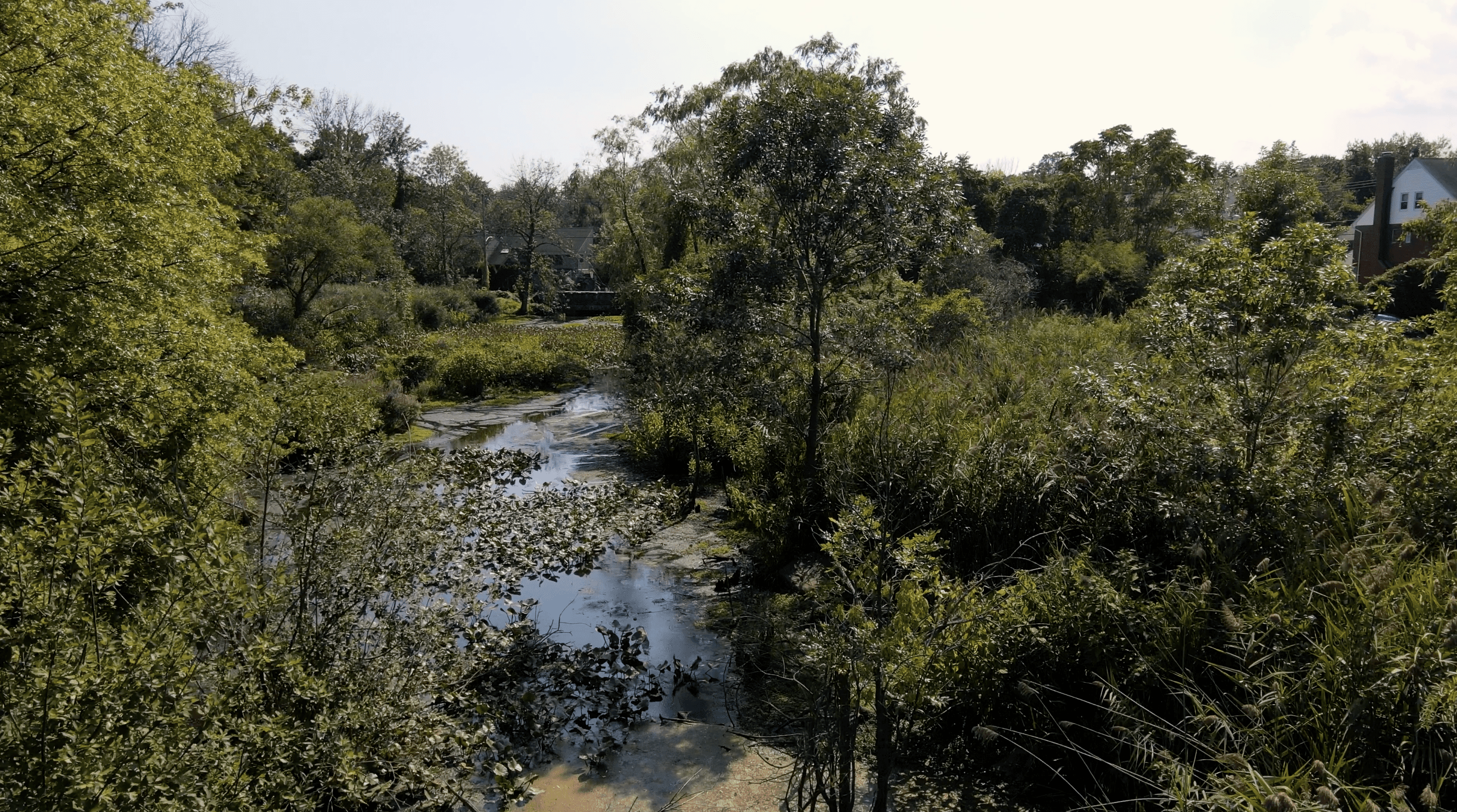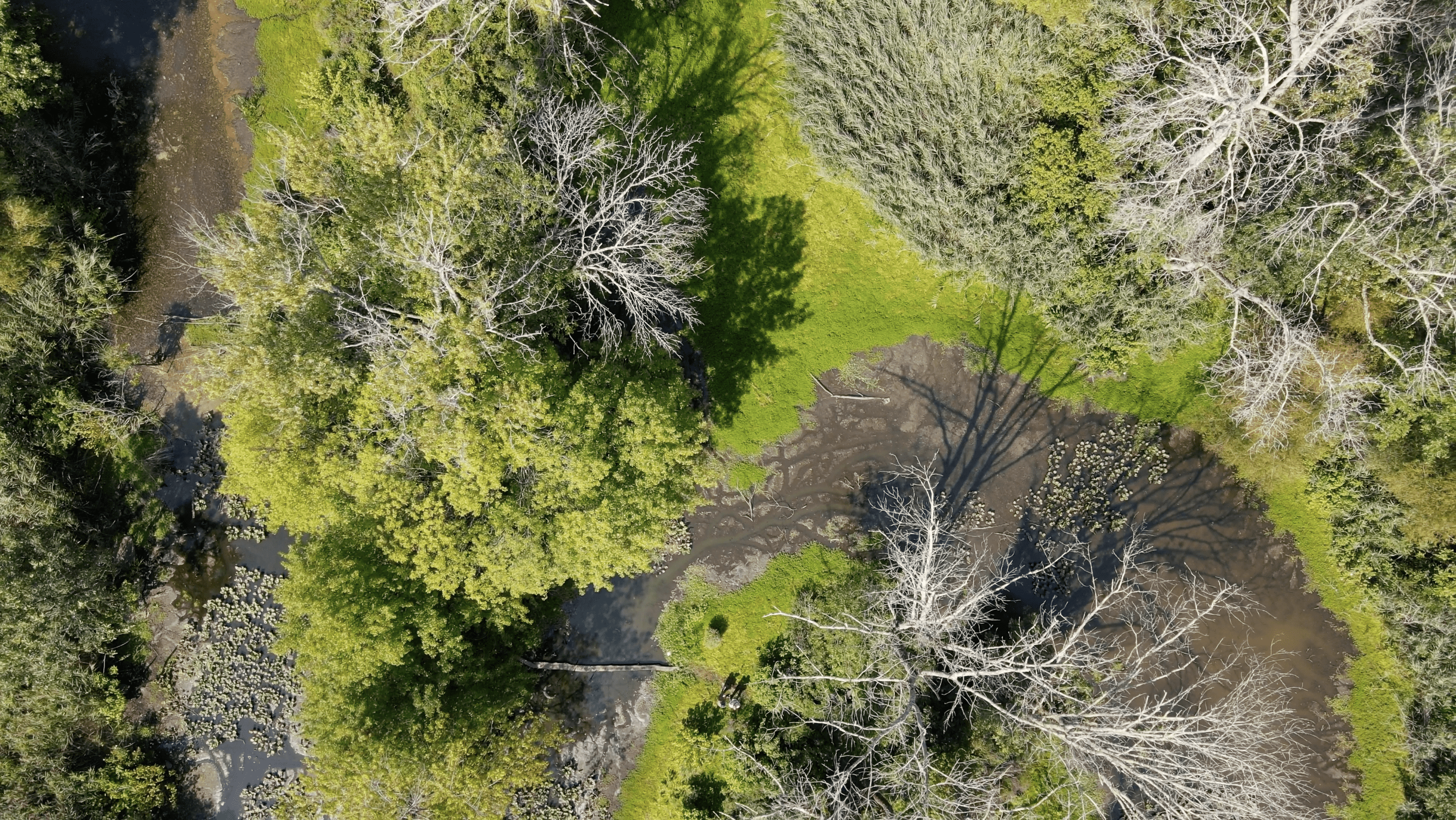You are probably familiar with Phragmites australis. It is now ubiquitous in our region’s wetlands, displacing the beloved native cattail. Phragmites is an exotic invasive plant that reproduces by both rhizome and seed, easily outcompeting wetland natives.
But, does it serve any purpose? Non-native phragmites in our native wetlands is not such a black-and-white invasive tale.

Introduction to Wetland Restoration & Phragmites Management | Case Study: Harrison, NY
In fact, Phragmites is excellent at Phytoremediation: cleaning pollutants from soil or water. Phragmites can uptake heavy metals, micropollutants (pharmaceuticals & personal care products), wastewater and sediment.

The wetland in this video is regularly polluted from nearby roadways. Phragmites helps remove the oil and gas contamination from the water.
In managing the wetland, Jay opted to stunt the phragmites by weed whacking it multiple times in the first year. By year three, it only requires cutting once a year. Its area and overall height in the wetland is dramatically reduced, allowing for native species (and biodiversity!) to reemerge.

This stunting technique also created an avian fly zone — an area of lower growing vegetation with greater access to the wetland ecosystem. Migrating birds easily navigate to this thruway, connecting border habitats with biotic corridors.
Site Specific Ecological Restoration
There is no one-size-fits-all formula for ecological restoration. Every intervention is sites-specific and takes into account the local growing conditions, existing biodiversity and the sites’ ecological functioning.
For more information our wetland restoration offerings, visit our eco-solutions page.

—
Green Jay Landscape Design
Where Design Meets Ecology